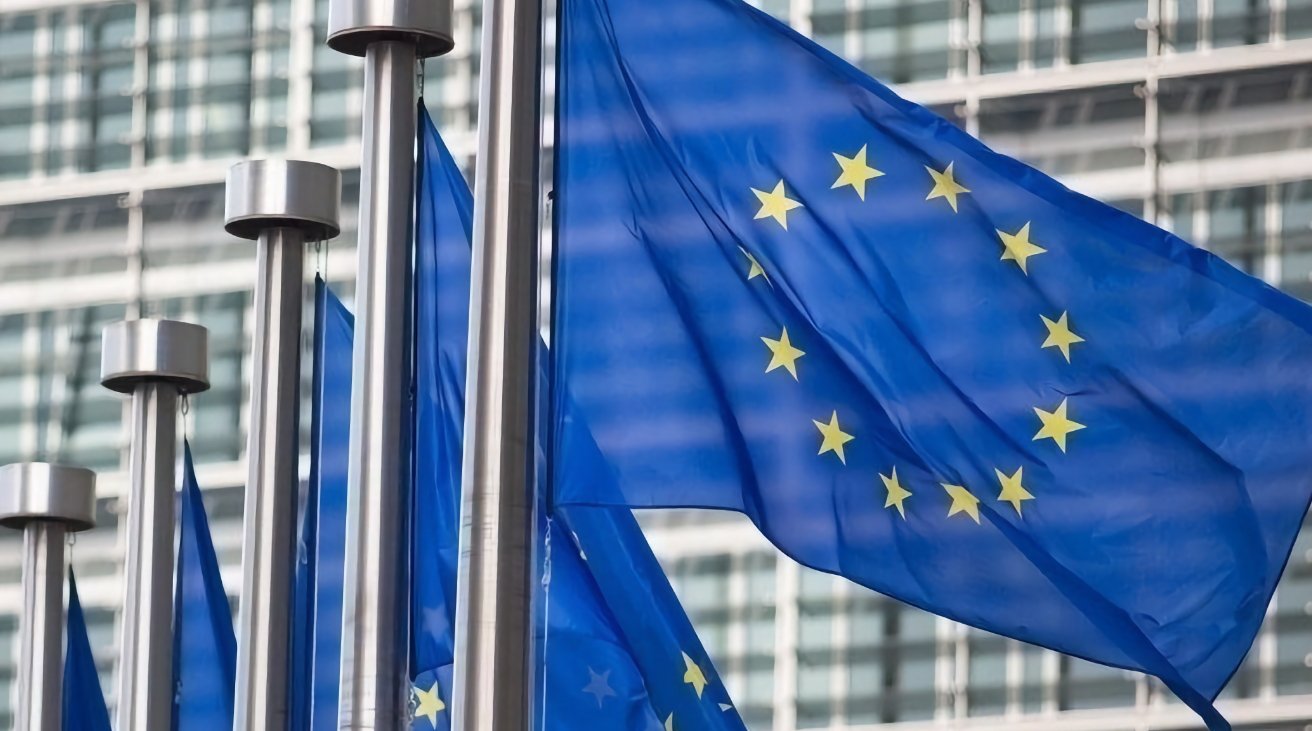Implementing regulation - EU - 2025/428 - EN - EUR-Lex
 | Official Journal | EN L series |
| 2025/428 | 28.2.2025 |
COUNCIL IMPLEMENTING REGULATION (EU) 2025/428
of 18 February 2025
amending Implementing Regulation (EU) No 282/2011 as regards the electronic value added tax exemption certificate
THE COUNCIL OF THE EUROPEAN UNION,
Having regard to the Treaty on the Functioning of the European Union,
Having regard to Council Directive 2006/112/EC of 28 November 2006 on the common system of value added tax (1), and in particular Article 397 thereof,
Having regard to the proposal from the European Commission,
Whereas:
| (1) | Council Directive (EU) 2025/425 (2) introduces the requirement of an electronic value added tax exemption certificate and the electronic procedure for processing that certificate. In order to give Member States sufficient flexibility to implement the large number of related IT projects already underway, they are allowed to continue using the existing paper certificate set out in Annex II to Council Implementing Regulation (EU) No 282/2011 (3) for transactions made until 30 June 2032. Article 51(1) of that Implementing Regulation should be amended to allow for the use of either electronic or paper certificates during a transition period. |
| (2) | Annex II to Implementing Regulation (EU) No 282/2011 should be replaced to reflect the fact that Council Directive 2008/118/EC (4) has been replaced by Council Directive (EU) 2020/262 (5). |
| (3) | In accordance with Directive 2006/112/EC, from 1 July 2032, only the electronic certificate referred to in Article 151a of that Directive is to be used. Consequently, Article 51 of, and Annex II to, Implementing Regulation (EU) No 282/2011, which provide for the paper version of the exemption certificate, should be deleted on that date. |
| (4) | Implementing Regulation (EU) No 282/2011 should therefore be amended accordingly, |
HAS ADOPTED THIS REGULATION:
Article 1
Implementing Regulation (EU) No 282/2011 is amended as follows:
| (1) | in Article 51, paragraph 1 is replaced by the following: ‘1. Where the recipient of a supply of goods or services is established within the Union but not in the Member State in which the supply takes place, and the electronic exemption certificate pursuant to Article 151a of Directive 2006/112/EC is not used, the VAT and/or excise duty exemption certificate set out in Annex II to this Regulation, shall, subject to the explanatory notes set out in that Annex, serve to confirm that the transaction qualifies for the exemption under Article 151(1) of Directive 2006/112/EC. When using that certificate, the Member State in which the recipient of the supply of goods or services is established may decide to use either a common VAT and excise duty exemption certificate or two separate certificates.’ |
| (2) | Annex II is replaced by the text in the Annex to this Regulation. |
Article 2
Implementing Regulation (EU) No 282/2011 is amended as follows:
| (1) | Article 51 is deleted; |
| (2) | Annex II is deleted. |
Article 3
1. This Regulation shall enter into force on the twentieth day following that of its publication in the Official Journal of the European Union.
2. Article 1 shall apply from 1 July 2031.
3. Article 2 shall apply from 1 July 2032.
This Regulation shall be binding in its entirety and directly applicable in all Member States.
Done at Brussels, 18 February 2025.
For the Council
The President
A. DOMAŃSKI
(1) OJ L 347, 11.12.2006, p. 1, ELI: http://data.europa.eu/eli/dir/2006/112/oj.
(2) Council Directive (EU) 2025/425 of 18 February 2025 amending Directive 2006/112/EC as regards the electronic value added tax exemption certificate (OJ L, 2025/425, 28.2.2025, ELI: http://data.europa.eu/eli/dir/2025/425/oj).
(3) Council Implementing Regulation (EU) No 282/2011 of 15 March 2011 laying down implementing measures for Directive 2006/112/EC on the common system of value added tax (OJ L 77, 23.3.2011, p. 1, ELI: http://data.europa.eu/eli/reg_impl/2011/282/oj).
(4) Council Directive 2008/118/EC of 16 December 2008 concerning the general arrangements for excise duty and repealing Directive 92/12/EEC (OJ L 9, 14.1.2009, p. 12, ELI: http://data.europa.eu/eli/dir/2008/118/oj).
(5) Council Directive (EU) 2020/262 of 19 December 2019 laying down the general arrangements for excise duty (OJ L 58, 27.2.2020, p. 4, ELI: http://data.europa.eu/eli/dir/2020/262/oj).
ANNEX
‘ANNEX II
VAT AND/OR EXCISE DUTY EXEMPTION CERTIFICATE REFERRED TO IN ARTICLE 51
Explanatory notes
| 1. | For the supplier and/or the authorised warehousekeeper, this certificate serves as a supporting document for the tax exemption of the supplies of goods and services or the consignments of goods to the eligible bodies/individuals referred to in Article 151 of Directive 2006/112/EC and Article 12 of Directive (EU) 2020/262. Accordingly, one certificate shall be drawn up for each supplier/warehouse-keeper. Moreover, the supplier/warehousekeeper is required to keep this certificate as part of his records in accordance with the legal provisions applicable in his Member State. |
| 2. |
|
| 3. | By its declaration in box 3 of the certificate, the eligible body/individual provides the information necessary for the evaluation of the request for exemption in the host Member State. |
| 4. | By its declaration in box 4 of the certificate, the body confirms the details in boxes 1 and 3(a) of the document and certifies that the eligible individual is a staff member of the body. |
| 5. |
|
| 6. | The abovementioned declaration by the eligible body/individual shall be authenticated at box 6 by the stamp of the competent authority of the host Member State. That authority can make its approval dependent on the agreement of another authority in its Member State. It is up to the competent tax authority to obtain such an agreement. |
| 7. | To simplify the procedure, the competent authority can dispense with the obligation on the eligible body to ask for the stamp in the case of exemption for official use. The eligible body should mention this dispensation at box 7 of the certificate. |
| (*) | As an indication, some codes relating to currencies currently used: EUR (euro), BGN (lev), CZK (Czech koruna), DKK (Danish krone), GBP (pound sterling), HUF (forint), LTL (litas), PLN (zloty), RON (Romanian leu), SEK (Swedish krona), USD (United States dollar).’. |
ELI: http://data.europa.eu/eli/reg_impl/2025/428/oj
ISSN 1977-0677 (electronic edition)








